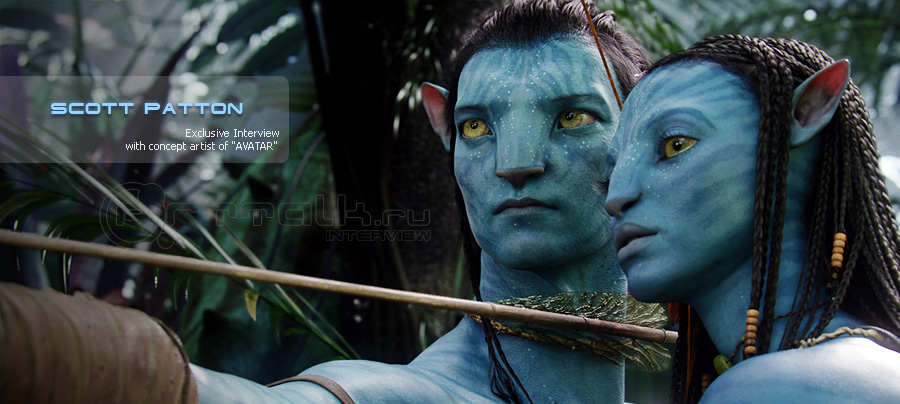 |
Today our guest is not simply a creative person, not only gifted, bright artist… We introduce you concept artist and character designer Scott Patton (Legacy Studio) with exclusive interview for ARTTalk.ru (Русская версия)
|
| |
Authors portfolio:
- Avatar (2009) (character designer) (concept artist)
- Alice in Wonderland (2010) (post-production) (concept artist)
- Iron Man 2 (2010) (post-production) (concept designer)
- Terminator Salvation (2009) (character designer)
- Indiana Jones and the Kingdom of the Crystal Skull (2008) (character designer)
- The Hills Have Eyes (2006) (makeup designer)
- Sin City (2005) (makeup designer) (uncredited)
- The Chronicles of Narnia (2005) (art department supervisor)
- Riding the Bullet (2004) (makeup designer)
- National Treasure (2004) (special makeup effects artist)
- Hulk (2003) (sculptor)
- Pirates of the Caribbean: The Curse of the Black Pearl (2003) (special makeup effects)
- Bad Boys II (2003) (special makeup designer)
- Once Upon a Time in Mexico (2003) (special makeup effects artist)
- Kill Bill: Vol. 1 (2003) (special makeup designer)
- Batman: Dead End (2003) (creature effects crew)
- Ghost Ship (2002) (special makeup effects artist) More on IMDbPro »
|
|
ARTTalk.ru: Tell us a little about yourself, what were you doing before the work on the project "Avatar" and how were you taken in the team that developed the film?
Scott: Well, I started as a make-up effects artist in 1990 and developed my skills as a sculptor and painter. I saw how the film industry was changing and how the production schedules kept getting shorter and shorter and I knew I had to do something different to compete . In 2005 I first saw Zbrush 2, I knew that with this tool I could use my effects artist skills and get more design work done in less time, If I could only learn the software.
I spent about six months after work and on weekends learning as much about Zbrush as I could, I also decided that I should learn a 3D package as well and I chose XSI , they had just released "XSI Foundation" and it only cost $500 so I figured that it was cheap enough that if I could not learn it, I would not feel so bad.
Soon after that I decided to quit doing make-up effect and pursue a job in 3D.
I sent out some resumes and within a week I was called by Stan Winston Studios, They saw that I had experience in make-up effects and digital, and were interested because they were doing a Jim Cameron film that had practical and digital elements in it, It turned out to be AVATAR! not a bad film to start out a digital career. |
|
Warning! Most of the images increase in size by click
|
|
|
ARTTalk.ru: What is your education(specialization)? Do you have an artistic education, and do you consider it necessary in this specialization?
Scott: I am completely self taught, and as far back as I can remember a have been doing some kind of art. Sometimes I wish that I had gone to art school and had a chance to really study art and experiment with different styles and media, but in the end things might not have turned out as well as they have.
It depends on the person and how they work some people need the discipline of school and some are like me and love to learn and look for new things everyday, life is school. |
|
|
|
ARTTalk.ru: In my opinion, to create characters for this film you need to be more than simple technician, you had to settle there temporarily, on Pandora ...
Is that true?
Scott: Pandora was in Jim Cameron's head and he was letting out small bits to us as we designed the Na'vi. The more of Pandora we saw designed the more detail we added to the Na'vi.
By the time the Na'vi were finished being designed , we knew that world and we knew the Na'vi people because the were real to us.
|
|
|
|
ARTTalk.ru: How was the artistic concept of the film born? —Characters, that unique atmosphere of the planet, which pervades every petal, every living creature, and where did you get the ideas for the creation of creatures from another planet?
Scott: Well, Jim put together an amazing art department, He knew what he wanted Pandora and everything on it to look like.
We (Stan Winston Studio/ Legacy effects) were given the task of designing the Na'vi people the Viper wolfs as well as some insects, we were also given the head of the Banshees to figure out and detail.
Even though the design of the banshee was done by Neville Page, Jim wanted us to take a pass at it to give it a more real fleshy look , he liked the work we did on the dinosaurs for Jurassic park and wanted that level of detail.
The rest of the planet and creatures were given to other departments to figure out, and they did an amazing job!
|
|
|
|
ARTTalk.ru: What requirements were put to the image of the character and how did these limits give you the opportunity to express your creative side as an artist?
Scott: Well, I was the only one on our design team that was using 3D as a design tool, so if I ever got stuck on an idea I could use clay to do a sculpt or do a painting in photoshop, there were no restrictions on how we did the designs.
After a while Jim started requesting Zbrush sculpts of the characters and creatures, which was really cool , so at a point I was doing everything in zbrush 2 and as the designs were finalized I would do mental ray renders with nice skin shaders and lighting , to send along with the approved models to WETA.
So I got to make up my own artistic language and workflow on Avatar, so it was really freeing as an artist.
|
|
|
|
ARTTalk.ru: The avatars in the movie look like the actors who played them. How it was done from the technical side?
Scott: This is where it started getting crazy!! we designed the Na'vi as generic characters, so when we got actors we had to make the design work with them.
The hardest thing was working with scans in zbrush2 ,remember that was before subtools so I was limited as to what I could do.
I would have to import 2 meshes together and mask one and deform the other, then hide one mesh and export it and then reload it over my multi level ztool....
what a mess!!
Then we would print them in 3D and mold them, cast them in clay, do a re-sculpt in clay then scan them and I would start the whole process again, but it worked! and the finals look pretty good.
|
|
|
|
ARTTalk.ru: Tell us about character creation workflow? What technologies were used? Maybe some technical tricks? What difficulties ddi you met,
I mean special "grid" construction and the number of polygons...
Scott: The work flow that I use now is a direct result of the Avatar work flow. Back then I really had to think things through before I started working.
With Zbrush 2 if you started with a mesh and you stretched it a little too much you would have a tough time getting detail evenly over the entire surface.
So I got good at building meshes that were optimized for Zbrush.
So from Avatar I ended up with a toolkit of about 16 base meshes that I start with, it's made up of about four generic bodies and the rest are heads teeth and eyes that are constructed in different ways to make it easy to jump right into any design.
Now when I get to a place were the model is getting hard to work with
I can take it into XSI refine the mesh and reimport it the new mesh on top of old one that way you get a great re-projection right away. For creatures I will build a new mesh from the start, I look at the mesh like a 2D sketch , I treat it the same way I would a sketch, loose ideas , then into z-Brush for sculpting .
After I get my sculpt to a place were I like it ( rarely over 2 million polys for a head) I add color with polypaint, then do a series of material renders out of Zbrush.
As a first concept pass I take the renders to Photoshop and combine them, I try not to paint too much in PS so that the design will still look like the sculpt. These renders are the first things that the director will see, if he likes it, then I show the models.
|
|
|
|
ARTTalk.ru: Did you develop only images of characters, or also participate and animate them? And if you're doing animation, then share how the work was held in technical way. How were the movements and facial expressions of the actors were transferred into 3d?
Scott: I don't do animation, I'm a designer I don't have the patience that those guys have. But I am often asked to do a character sheet with expressions as I did with Avatar.
|
|
|
ARTTalk.ru: What technique was used to create the characters and in what phases did the work go?
Scott: As a said before, I start in 3D either with a base mesh from my toolkit or a simple base from XSI.
I generally spend only couple hours sculpting in Zbrush before starting to polypaint, and then I take some zbrush material renders into photoshop comp them together and add textures and backgrounds etc. if all goes well the next step is to finalize the model with detail and color and the generate maps and take it to mental ray for beauty renders.

Often I will give the lo-rez version of the model to pre-vis and a high-rez version to the animation house. I also do a lot of 3D printed Maquettes or statues for the production as well as full size puppets with animatronics for filming.
|
|
|
|
ARTTalk.ru: How many people worked on the 3d part of the film and whether you enjoy working in a team?
Scott: Well in our studio I was the only one working in 3D as a character designer, but hundreds of people worked on the 3D for the film. Avatar was the biggest group effort I have been involved with , and it was an amazing thing to be a part of.
|
|
|
|
ARTTalk.ru: What was it like working with James Cameron, what was your work with him?
Scott: Jim has a way of intimidating most people, but he really is a great guy to work with, that is if you are giving 100%. He expects you to be at your best all the time, as an artist it only makes you better.
Jim knows what he wants and he is such an amazing artist himself , he could do the designs himself so you have to respect that. I would bring my laptop to the motion capture stages and sit and sculpt and when Jim would get a break he would come over and give some direction.
I would go back to the studio and work out his comments. When you have a meeting with Jim, you get used to being over prepared, and for me it carried over to other projects, now I try to be prepared for Jim Cameron no matter who I'm meeting with.
|
|
|
|
ARTTalk.ru: Tell us how you spend your free time and whether the artist has free time to enjoy in general.
Scott: I have a wife and two kids so most of my free time goes to them.
I love designing so much that I take work home and do it late at night. I have also been doing a lot with 3D printing of my personal artwork as well, maybe an art show in the future, I don't know?
|
|
|
|
ARTTalk.ru: What advice can you give for beginners? How to start, how to work on the formation of themselves?
Scott: You have to motivate yourself ! Try to learn new things all the time, paint, draw, sculpt anything to make yourself a better artist.
I see a lot of young artists who think that just because they went to school for art and 3D that they deserve a great job. That's not how it works.
I always tell young artists that when they are doing a job they need to" under promise and over deliver".
I have had artists swear that they can do a certain job and then not be able to do it, but instead of saying" I need some help!" they blame the software or someone else, that kind of thing will get you fired off my team. Just remember, If a director trusts you he will always come back to you, that how you earn a good reputation, Not talking a big game on the internet, I guess that means I should shut up now!
|
|
|
ARTTalk.ru thanks you, Scott, for the interesting and informative interview! We wish you creative success and conquering new art peaks!))
|
Interview by:
Alexey RIDDICK Kashpersky
Elena Vuytsik / Tangerine
Irina Alekseeva (translation)
Maxim Goudin (translation)
|
> Discuss <
P.S. You can ask questions at forum, I think Scott would not mind to answer them ;)
|
|
| |




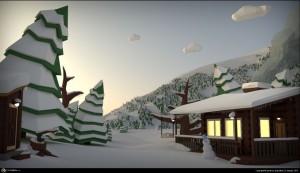


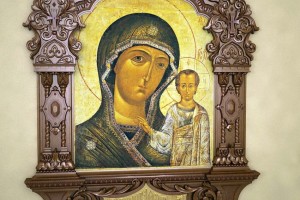
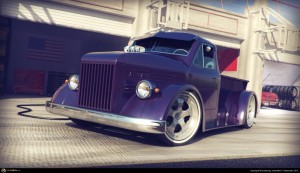
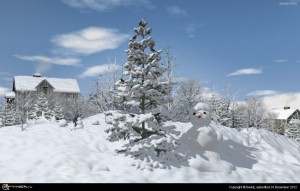
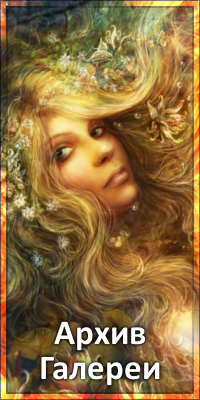






 2015 © ART-Talk.ru - форум про компьютерную графику, CG арт, сообщество цифровых художников (18+)
2015 © ART-Talk.ru - форум про компьютерную графику, CG арт, сообщество цифровых художников (18+)